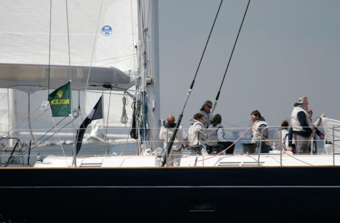
There was concern in the Rolex Transatlantic Challenge yesterday for Peter Harrison’s Sojana when her track showed her heading in a northwesterly direction, 90 degrees away from the proper race track to England.In a communiqué with the New York Yacht Club Race headquarters, skipper Marc Fitzgerald explained that a crewman on board the 115-foot (35m) ketch had broken his arm in two places, and they were heading for the remote French island of St-Pierre, part of the St-Pierre et Miquelon group immediately to the south of Newfoundland.
There they would take the stricken crewman to a hospital before rejoining the race. Prior to diverting, Sojana was leading the Rolex Transatlantic Challenge’s Performance Cruising class 1 on handicap.Following her rig damage and a subsequent day of repairs on Thursday, Robert Miller’s Mari-Cha IV is now closing on Charles Brown and Bill Buckley’s New Zealand 100 footer Maximus.
At 0800 GMT this morning, Mari-Cha IV was approximately 35 miles astern."We are able to sail at about 85 % of our potential at the moment, but if we are lucky enough to get some reaching and running conditions, then we will be back at 100%," recounted racing helmsman Mike Sanderson yesterday. "The whole deal has cost us around 95 odd miles to Maximus." Both boats are now off the Grand Banks but over Flemish Cap, properly into the Atlantic, sailing upwind into 25-knot east-southeasterly winds.
With Sojana temporarily out of the running, the lead in Performance Cruising Class 1 has been taken by Tiara, at 178-feet (54.3m) the largest yacht remaining in the race following the retirement of Stad Amsterdam."Due to the southern route option, we were able to miss most of the bad weather some of the other competitors had," reported Alexis Lombard, whose father has chartered Tiara for the Rolex Transatlantic Challenge with a group of fellow members from the Societe Nautique de Geneve, the club defending the America’s Cup,.
"After two to three days of warmer weather in the south, we have been back in the mist and cold weather for a couple of hours. All eyes are on Drumbeat’s position. They have sailed a great race since leaving New York--taking a different strategy--but the Lizard still seems very far away from here. Losing the staysail was a tough moment, but all the crew on board seems to be back on track today. Our focus over the coming days is to keep boat speed at a good level. Having as much fun as the Atlantic and the wind can give us stays our priority, as well as challenging our most similar competitor Drumbeat!"At present, the slightly shorter ketch-rigged Drumbeat is almost 100 miles astern of Tiara, having taken a course more to the northwest. Between them, in terms of distance to finish, is Mike Slade’s Leopard.
"The game of cat and mouse, with low and son of low, continues for this big cat," reported Leopard’s navigator Julian Salter. "We have been sailing our upwind modes on starboard tack for four days now--a subtle game of wind angle, heading and sail combinations played out more brutally on deck with headsail changes and reefs in and out, in cool 25-35 knot conditions, with an ever-changing sea state. As time goes on, we are making good progress and looking forward to some faster conditions.
"Salter expects them to be off the Grand Banks to the southeast of Newfoundland later today. "Then," he says, "we will be free of the limited visibility, oil rigs and fishermen who are out there somewhere. Below deck, condensation is king in the Labrador current."Further down the fleet in Performance Cruising class 2, where John "Hap" Fauth’s Whisper continues to lead on the water over Clarke Murphy’s Stay Calm, Joe Hoopes, owner of the Little Harbor 75 Palawan, was loving the conditions. "The wind is 19 knots out of the southwest. We are running under headsail and main with the staysail set as well, making between 8 and 10 knots depending upon the wind and the wave. The crew is fine.
We’ve just had a pancake breakfast - no freeze-dried food on this boat!"Hoopes reported having seen everything from flat calms to massive squalls since last Sunday’s start off New York Harbor. "We got hit by a microburst a couple of days ago, which tore our mainsail. We had to take it down and repair it. We did see 55 knots in that. We are still on the edge of the [Gulf] stream, and we are getting a little bit of a lift and the weather is warm. It is 62 degrees (F), so it is very comfortable sailing, and we are about to change watch. We’re going to rig the spinnaker pole to the jib, to wing it and head a little farther north.
"Despite the conditions, Palawan has remained dry down below. "She is very comfortable. Everyone gets a shower every day and three square meals," says Hoopes. Although this is Hoopes’s fourth Atlantic crossing in Palawan, it is his first in a race.On board the schooner Atlantic in the 1905 race for the Kaiser’s Cup, Frederick Hoyt wrote:"On going on deck at 5.30 this morning there, on our lee beam about five miles away was a berg which must have been half a mile long and 300 feet high.
It certainly was a beautiful sight with the morning sun reflecting from it. Our topsails have been going from bad to worse and after the watch had cleared up the decks, the skipper had the mizzen down on deck and took a cloth off the after leech. The main will have to go through the same operation later, while the fore seems to be fairly good still."By 11 o’clock the sail was out and at once bent, it being a great improvement. Today was a great change from the preceding night, the thermometer standing at 72 degrees and all hands going around in their shirt sleeves, whereas last night there were not overcoats enough on board to warm one. Cold on the ocean will go through the heaviest clothes and one cannot realise how it penetrates until it has been experienced."
...
...
Key Partners Marketing Services (KPMS)
2, Rue des Terreaux,
CH-2000
Neuchâtel, Switzerland



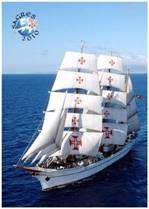





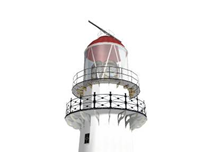
















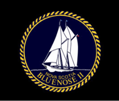

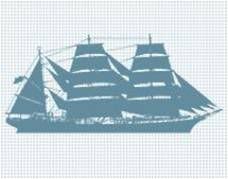
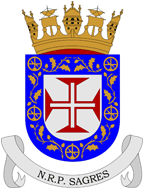

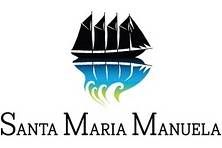
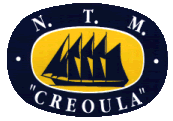

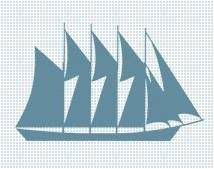



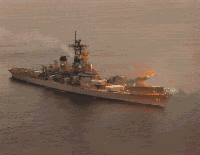


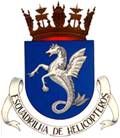

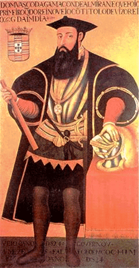
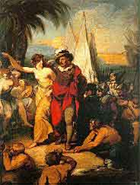


%202025-10%20Luis%20Miguel%20Correia.png)



























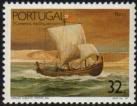
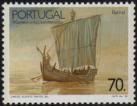











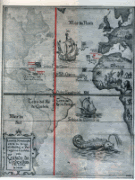



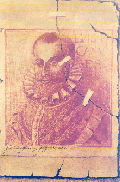




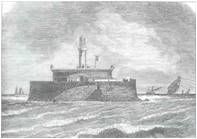




































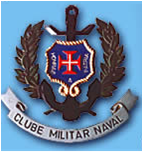






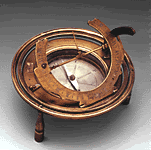
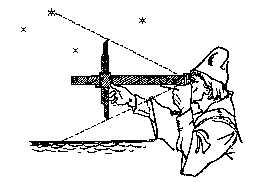










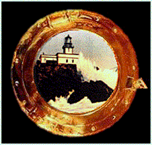












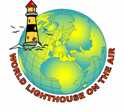
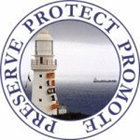
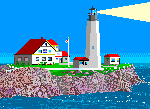




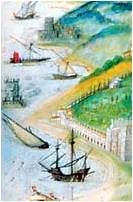

Sem comentários:
Enviar um comentário